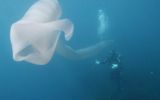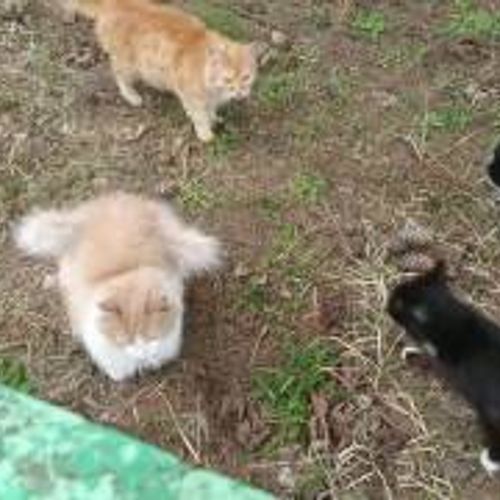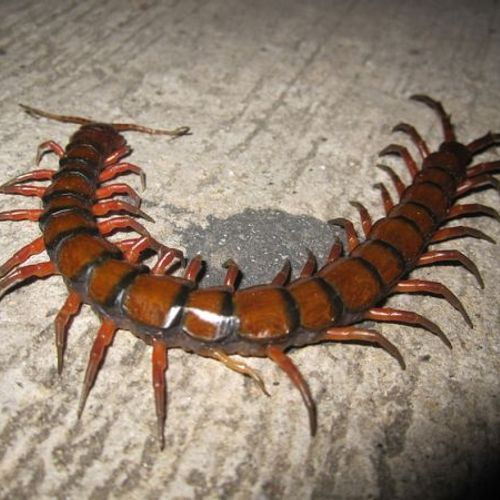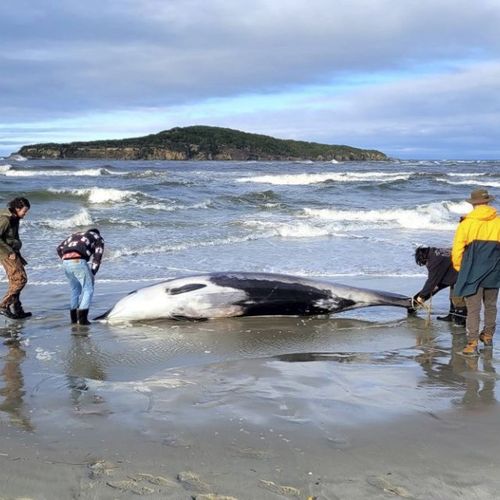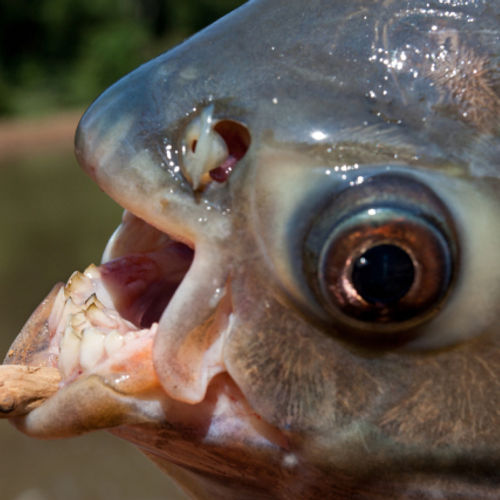
| Added | Thu, 21/02/2019 |
| Источники | |
| Дата публикации | Thu, 21/02/2019
|
| Версии |
When October 25 videographer Steve Hathaway filmed a promotional video for tourists on the island off the coast of New Zealand, his friend, Andrew battle called him to see something strange. Heard that they had found a battle, he donned scuba gear and dived. It was translucent worm-like creature with a length of about 8 meters pyrosoma.
"Swim around pyrosoma was amazing — said battle. We were able to see hundreds of thousands of tiny creatures". Pyrosoma is not one animal but a colony of hundreds or thousands of individual organisms called zooide. Zooey themselves are small creatures, they feed on phytoplankton, bacteria, and other particles by pumping water through their bodies. They are called "cockroaches of the sea" for its ability to find food in a hostile environment.
"Pyrosoma and her cousin, Salpa, are "extremely important and very common" mostly in tropical waters as a food source," says Andrew Jeffs, Professor of marine Sciences at the University of Auckland. Both are food for sea creatures, including turtles and spiny lobsters. Predators can eat them for weeks.
"It's as if we, the people hung the elephant and would eat him,' says the Professor. — They can afford to slow down and chew long enough to derive maximum benefit". However, animals frequently die when you eat jellyfish or plastic bags, similar to pyrosoma.
Night pyrosoma swim vertically to the surface of the ocean to catch the phytoplankton, and then return to the deep, when brighten.
Their gelatinous, tubular body glow with natural bioluminescence — that is how they got the name "pyrosoma", which comes from the Greek "fire" and "body". They can be small, inch and a huge.
Translated by «Yandex.Translator»
Новости со схожими версиями
Log in or register to post comments
